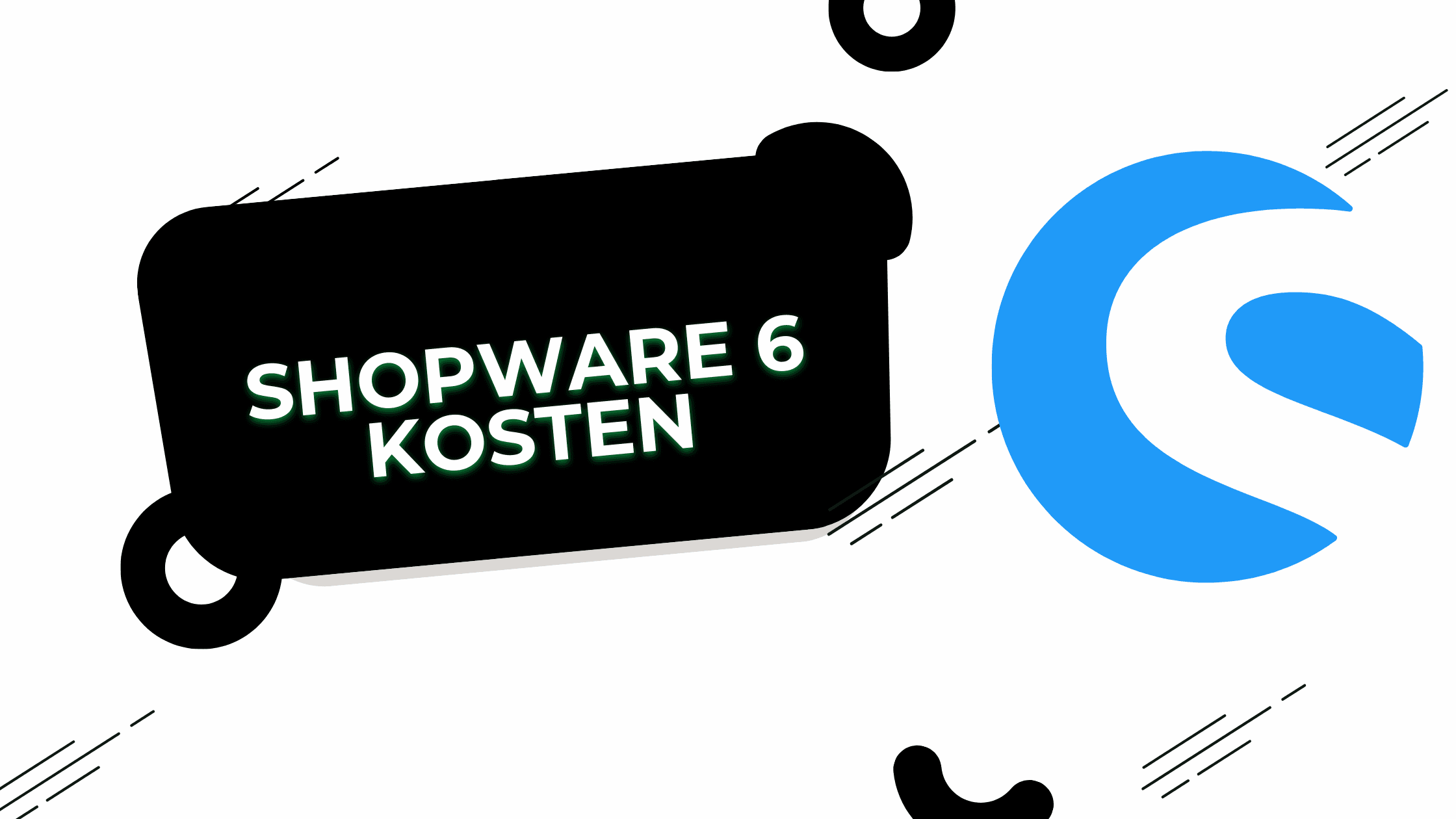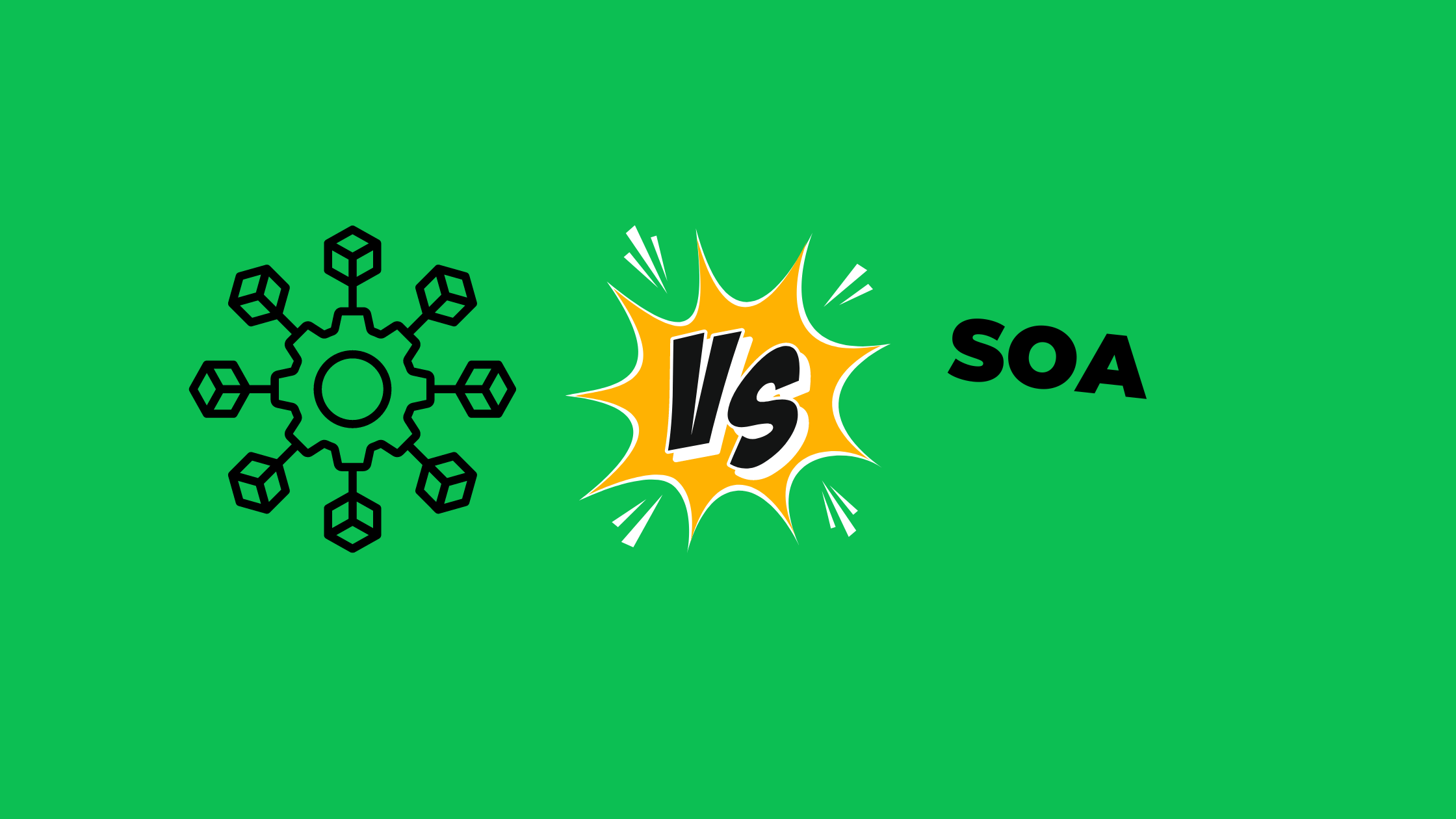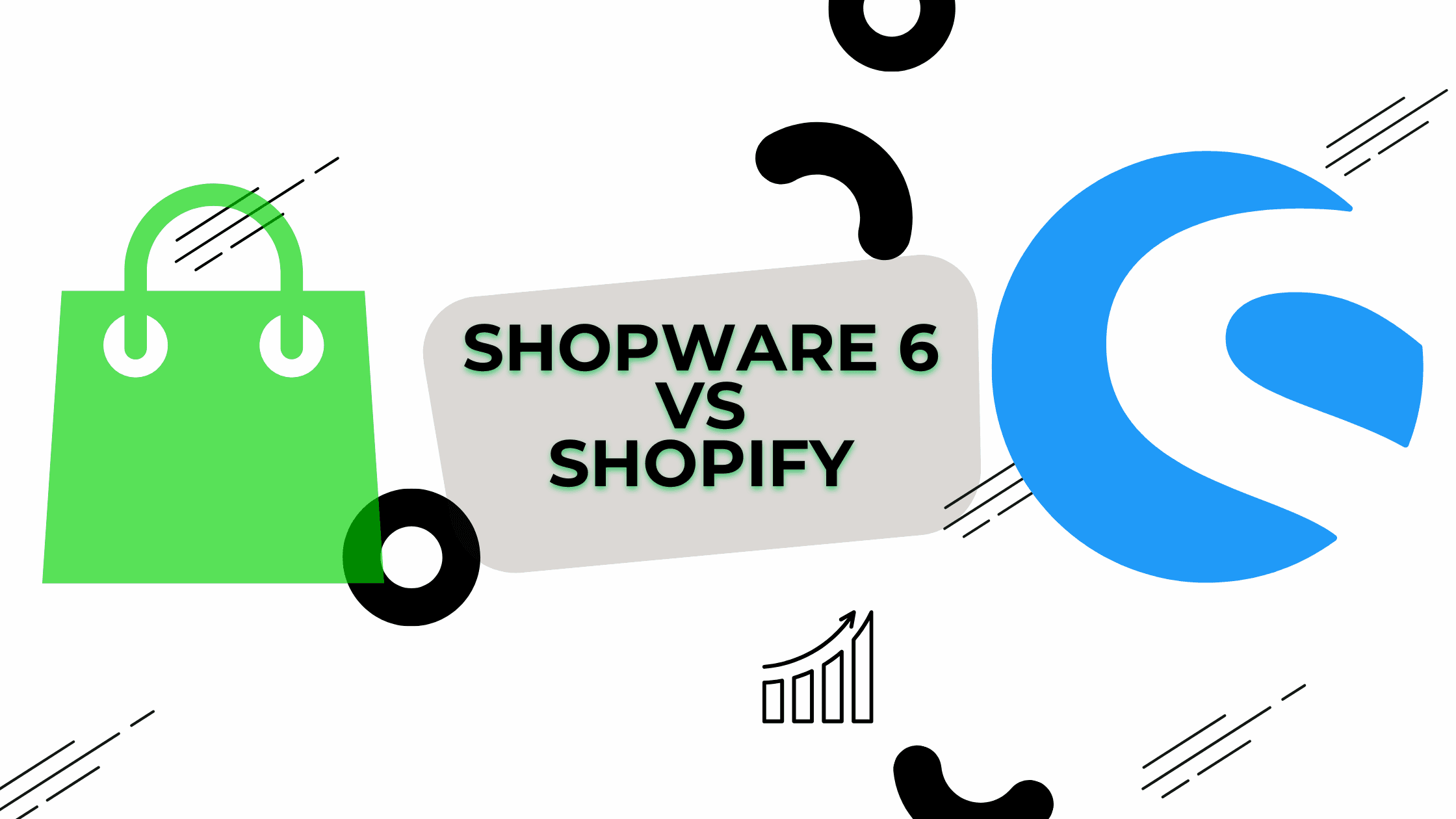Co oznacza stos technologiczny? Kompleksowy przewodnik po stosie technologicznym nie tylko dla programistów [Przypadki użycia]
W świecie tworzenia oprogramowania termin "stos technologiczny" jest często używany, ale często źle rozumiany. Niezależnie od tego, czy jesteś doświadczonym programistą, czy dopiero zaczynasz swoją przygodę z programowaniem, zrozumienie, czym jest stos technologiczny i jak wpływa on na twoje projekty, ma kluczowe znaczenie. Ten kompleksowy przewodnik objaśni koncepcję stosów technologicznych, przeanalizuje popularne przykłady i pomoże w podejmowaniu świadomych decyzji dotyczących odpowiednich technologii dla twoich projektów.
Czym jest stos technologiczny?
Stos technologiczny, skrót od technology stack, to kompleksowy zestaw technologii, języków programowania, frameworków, baz danych i narzędzi wykorzystywanych do tworzenia i uruchamiania aplikacji. Obejmuje on wszystkie komponenty technologiczne, które współpracują ze sobą w celu stworzenia w pełni funkcjonalnego rozwiązania programowego, od interfejsu użytkownika po serwer zaplecza i systemy baz danych.
Składniki stosu technologicznego
Typowy stos technologiczny składa się z kilku warstw:
- Front-end (po stronie klienta): Technologie tworzące interfejs użytkownika i obsługujące jego interakcje.
- Back-end (po stronie serwera): Technologie, które przetwarzają żądania, wykonują obliczenia i zarządzają danymi.
- Baza danych: Systemy przechowywania i pobierania danych.
- Serwer: Infrastruktura sprzętowa lub chmurowa obsługująca aplikację.
- Dodatkowe narzędzia: API, narzędzia DevOps i inne technologie wspierające.
Jak działa stos technologiczny?
Zrozumienie sposobu działania stosu technologicznego jest niezbędne dla programistów. Każdy komponent w stosie odgrywa określoną rolę:
- Technologie front-end tworzą interfejs użytkownika, z którym użytkownicy wchodzą w interakcję.
- Gdy użytkownik wykonuje akcję, front-end komunikuje się z back-endem za pośrednictwem interfejsów API.
- Back-end przetwarza żądanie, często wchodząc w interakcję z bazą danych w celu pobrania lub przechowywania danych.
- Serwer obsługuje wszystkie te komponenty i ułatwia komunikację między nimi.
- Dodatkowe narzędzia i usługi obsługują różne funkcje, takie jak uwierzytelnianie, buforowanie lub analiza.
Ta płynna interakcja między różnymi komponentami sprawia, że stos technologiczny działa wydajnie.
Rodzaje stosów technologicznych
Istnieją różne rodzaje stosów technologicznych, z których każdy nadaje się do innych celów:
- Stosy aplikacji internetowych: Do tworzenia aplikacji internetowych (np. MEAN, MERN, LAMP).
- Stosy aplikacji mobilnych: Do tworzenia aplikacji mobilnych (np. React Native + Node.js, Flutter + Firebase).
- Stosy nauki o danych: Do analizy danych i projektów uczenia maszynowego (np. Python + TensorFlow + Jupyter).
- Stosy DevOps: Do zarządzania procesami rozwoju i wdrażania (np. Docker + Jenkins + Kubernetes).
- Stosy IoT: Dla aplikacji Internetu rzeczy (np. Arduino + MQTT + Node-RED).
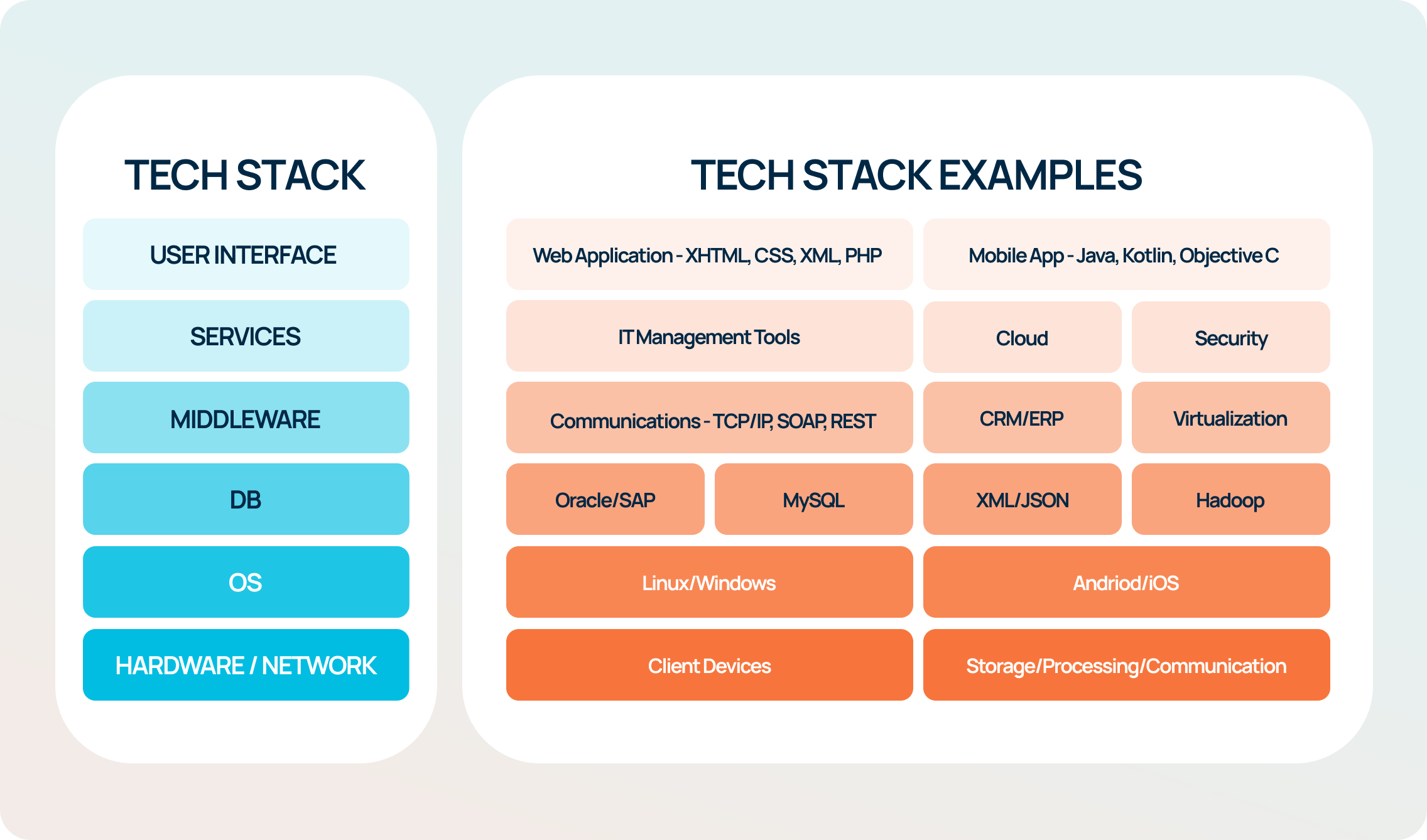
Popularne stosy technologiczne
Przeanalizujmy kilka powszechnie używanych stosów technologicznych, aby uzyskać jaśniejszy obraz:
MEAN Stack
Stos MEAN to stos technologiczny oparty na JavaScript, który obejmuje:
- MongoDB: Baza danych NoSQL
- Express.js: Framework aplikacji internetowych dla Node.js
- Angularny: Front-endowy framework aplikacji internetowych
- Node.js: Środowisko uruchomieniowe JavaScript dla programowania po stronie serwera
Stos MERN
Podobnie jak MEAN, stos MERN zastępuje Angulara Reactem:
- MongoDB
- Express.js
- React: Biblioteka JavaScript do tworzenia interfejsów użytkownika
- Node.js
Stos LAMP
Klasyczny stos technologiczny do tworzenia stron internetowych:
- Linux: System operacyjny
- Apache: Serwer WWW
- MySQL: Relacyjna baza danych
- PHP: Język programowania po stronie serwera
Nowoczesne komponenty stosu technologicznego
Nowoczesne stosy technologiczne często obejmują:
- Frameworki front-endowe: React, Vue.js, Angular
- Back-end Frameworks: Express.js, Django, Ruby on Rails
- Bazy danych: MongoDB, PostgreSQL, Redis
- Usługi w chmurze: AWS, Google CloudAzure
- Narzędzia DevOps: Docker, Kubernetes, Jenkins
- Interfejsy API i mikrousługi: REST, GraphQL
Przy CodeliverySpecjalizujemy się we wdrażaniu nowoczesnych technologii dostosowanych do unikalnych wymagań każdego projektu.
Wybór odpowiedniego stosu technologicznego
Wybór odpowiedniego stosu technologicznego dla danego projektu ma kluczowe znaczenie. Oto kilka czynników, które należy wziąć pod uwagę:
- Wymagania dotyczące projektu: Zrozumienie specyficznych potrzeb aplikacji.
- Skalowalność: Wybierz technologie, które mogą rozwijać się wraz z Twoim projektem.
- Doświadczenie zespołu: Weź pod uwagę umiejętności swojego zespołu i krzywą uczenia się.
- Wsparcie społeczności: Wybierz technologie z aktywnymi społecznościami, aby uzyskać lepsze zasoby i wsparcie.
- Wydajność: Ocena charakterystyki działania różnych technologii.
- Koszt: Należy wziąć pod uwagę zarówno początkowe koszty rozwoju, jak i długoterminową konserwację.
Rola frameworków w stosach technologicznych
Frameworki odgrywają kluczową rolę w nowoczesnych stosach technologicznych. Zapewniają one wstępnie napisany, ustandaryzowany kod w celu uproszczenia rozwoju. Popularne frameworki obejmują:
- Frameworki front-endowe: React, Angular, Vue.js
- Back-end Frameworks: Express.js, Django, Ruby on Rails
- Pełnowymiarowe frameworki: Meteor, Phoenix
Wybór odpowiedniego frameworka może znacząco wpłynąć na szybkość rozwoju i wydajność aplikacji.
Języki programowania w stosach technologicznych
Języki programowania są podstawą każdego stosu technologicznego. Powszechne języki w nowoczesnych stosach obejmują:
- JavaScript (zarówno dla front-endu, jak i back-endu)
- Python
- Java
- Ruby
- Idź
- TypeScript
Wybór języka programowania często wpływa na inne elementy stosu.
Bazy danych w stosach technologicznych
Bazy danych mają kluczowe znaczenie dla przechowywania danych aplikacji i zarządzania nimi. Popularne bazy danych obejmują:
- Relacyjne bazy danych: MySQL, PostgreSQL
- Bazy danych NoSQL: MongoDB, Cassandra
- Bazy danych w pamięci: Redis, Memcached
MongoDB, popularna baza danych NoSQL, jest często używana w nowoczesnych stosach technologicznych ze względu na swoją elastyczność i skalowalność.
Serwery w stosach technicznych
Serwery hostują i uruchamiają aplikację. Typowe technologie serwerowe obejmują:
Wybór serwera może mieć wpływ na wydajność i skalowalność aplikacji.
Przypadki użycia dla różnych stosów technologii
Różne stosy technologiczne są odpowiednie dla różnych przypadków użycia:
- Handel elektroniczny: Stos MEAN lub MERN dla dynamicznych, skalowalnych sklepów internetowych
- Systemy zarządzania treścią: Stos LAMP dla solidnych, konfigurowalnych rozwiązań CMS
- Aplikacje czasu rzeczywistego: Node.js z Socket.io dla aplikacji czatu lub aktualizacji na żywo
- Aplikacje dla przedsiębiorstw: Stosy Java dla bezpiecznych aplikacji biznesowych na dużą skalę
Zrozumienie tych przypadków użycia może pomóc w wyborze odpowiedniego stosu technologicznego dla danego projektu.
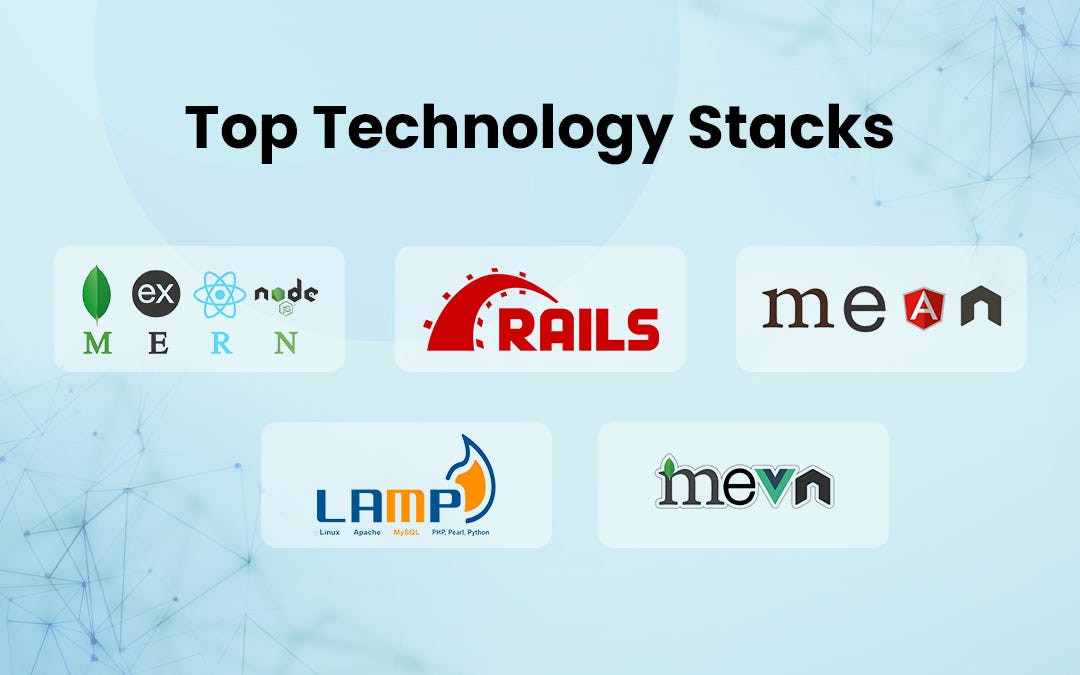
Najlepsze praktyki dotyczące pracy ze stosami technologicznymi
Podczas pracy ze stosami technologicznymi należy wziąć pod uwagę te najlepsze praktyki:
- Zachowaj prostotę: Nie komplikuj nadmiernie swojego stosu. Wybierz technologie, które spełniają Twoje potrzeby bez zbędnej złożoności.
- Spójność jako priorytet: Staraj się używać kompatybilnych technologii, aby zapewnić płynną integrację.
- Rozważ skalowalność: Wybierz technologie, które mogą rozwijać się wraz z Twoim projektem.
- Bądź na bieżąco: Aktualizuj komponenty stosu, aby korzystać z najnowszych funkcji i poprawek zabezpieczeń.
- Dokumentowanie stosu: Prowadzenie przejrzystej dokumentacji stosu technologicznego w celu łatwiejszego wdrażania i konserwacji.
Wpływ stosu technologicznego na rozwój
Wybór stosu technologicznego może znacząco wpłynąć na różne aspekty projektu:
- Szybkość rozwoju: Niektóre stosy technologiczne oferują możliwości szybkiego rozwoju, co może być kluczowe dla startupów i MVP.
- Skalowalność: Niektóre technologie są lepiej przystosowane do obsługi wzrostu i zwiększonego obciążenia.
- Konserwacja: Łatwość utrzymania i aktualizacji aplikacji zależy od stosu technologicznego.
- Doświadczenie użytkownika: Technologie front-endowe w twoim stosie mają bezpośredni wpływ na interfejs użytkownika i doświadczenie.
- Integracja: Stos technologiczny wpływa na łatwość integracji aplikacji z innymi systemami i interfejsami API.
Aby uzyskać więcej informacji na temat tego, jak wybory technologiczne wpływają na doświadczenia użytkowników, zapoznaj się z naszym artykułem na temat Znaczenie projektowania interfejsu.
Pojawiające się trendy w stosach technologicznych
Wraz z ewolucją technologii ewoluują również stosy technologiczne. Oto kilka trendów, które warto obserwować:
- Architektury bezserwerowe: Zmniejszenie potrzeby zarządzania serwerem.
- JAMstack: JavaScript, API i znaczniki dla szybkich i bezpiecznych stron internetowych.
- Progresywne aplikacje internetowe (PWA): Połączenie tego, co najlepsze w aplikacjach webowych i mobilnych.
- Mikrousługi: Dzielenie aplikacji na mniejsze, niezależne usługi.
- Integracja sztucznej inteligencji i uczenia maszynowego: Włączanie inteligentnych funkcji do aplikacji.
Trendy te otwierają nowe możliwości dla deweloperów, w tym możliwości w rozwijającej się dziedzinie mikro-SaaS. Dowiedz się więcej o tym ekscytującym obszarze w naszym artykule na temat 8 najlepszych pomysłów na Micro-SaaS w 2024 roku.
Przyszłość stosów technologicznych
Patrząc w przyszłość, kilka trendów prawdopodobnie ukształtuje ewolucję stosów technologicznych:
- Zwiększona abstrakcja: Narzędzia i platformy wyższego poziomu, które abstrahują od złożoności.
- Rozwój wspomagany przez sztuczną inteligencję: Integracja narzędzi AI wspomagających kodowanie i podejmowanie decyzji.
- Edge Computing: Przybliżenie obliczeń do źródeł danych w celu szybszego przetwarzania.
- Integracja obliczeń kwantowych: Włączenie możliwości obliczeń kwantowych do konkretnych przypadków użycia.
- Koncentracja na zrównoważonym rozwoju: Nacisk na energooszczędne i przyjazne dla środowiska technologie.
Podsumowanie: Znaczenie zrozumienia stosów technologicznych
W dzisiejszym szybko ewoluującym krajobrazie technologicznym zrozumienie stosów technologicznych ma kluczowe znaczenie zarówno dla programistów, kierowników projektów, jak i liderów biznesu. Dobrze dobrany stos technologiczny może usprawnić rozwój, zwiększyć wydajność i przygotować projekt na długoterminowy sukces.
Pamiętaj, że nie ma jednego uniwersalnego rozwiązania, jeśli chodzi o stosy technologiczne. Najlepszy wybór zależy od konkretnych wymagań projektu, umiejętności zespołu i celów biznesowych. Będąc na bieżąco z różnymi technologiami i ich możliwościami, możesz podejmować świadome decyzje, które będą kształtować sukces twoich projektów oprogramowania.
Niezależnie od tego, czy budujesz prostą stronę internetową, złożoną aplikację korporacyjną, czy innowacyjny produkt mikro-SaaS, Twój stos technologiczny będzie fundamentem, na którym zbudowane jest Twoje rozwiązanie. Wybierz mądrze i nie wahaj się zasięgnąć porady eksperta, gdy zajdzie taka potrzeba.
Czy jesteś gotowy, aby zbudować swój następny projekt z idealnym stosem technologii? Poznaj możliwości i rozpocznij swoją technologiczną podróż!







